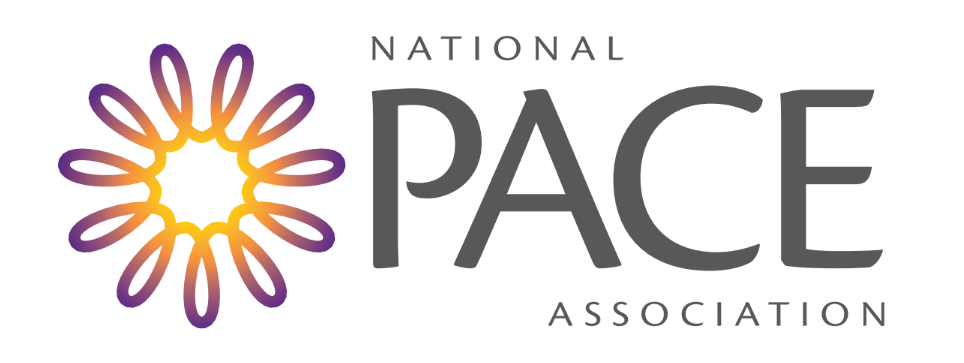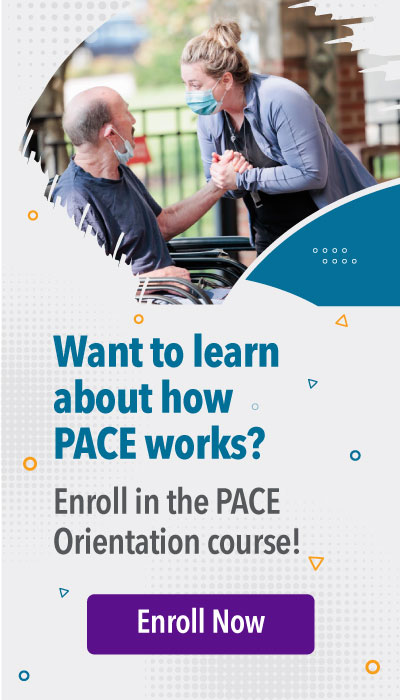Understanding the PACE Model of Care

Developing an understanding of the program and service requirements of the Program of All-Inclusive Care for the Elderly (PACE®) Model of Care, its flexibility, and the stages of development across a team of management and clinical leaders will form a foundation for moving forward in the PACE development process.
PACE FAQs
- PACE Participants Are Served by a Comprehensive Team of Professionals: Upon enrollment in PACE, participants and their caregivers meet with an interdisciplinary team (IDT) that includes doctors, nurses, therapists, social workers, dietitians, personal care aides, transportation drivers and others. Their needs are assessed, and an individualized care plan is developed to respond to all of the participant’s needs – 24 hours a day, seven days a week, 365 days a year.
- PACE Participants Receive Regular, “High-Touch” Care: PACE participants receive comprehensive health and supportive services across a range of settings. At the PACE center they receive primary care, therapy, meals, recreation, socialization and personal care. In the home PACE offers skilled care, personal care supportive services, and supports such as ramps, grab bars, and other tools that facilitate participant safety. In the community PACE offers access to specialists and other providers.
- PACE Is Both a Health Provider and a Health Plan: PACE combines the intensity and personal touch of a provider with the coordination and efficiency of a health plan. IDT members deliver much of the care directly, enabling them to personally monitor participants’ health and respond rapidly with any necessary changes. The PACE team also is responsible for managing and paying for services delivered by contracted providers such as hospitals, nursing homes and specialists.
PACE organizations receive fixed monthly payments from Medicare, Medicaid and private payers (for program participants who are not dually eligible). These funds are pooled, and care is provided following a comprehensive assessment of a participant’s needs. This bundled payment provides a strong incentive to avoid duplicative or unnecessary services and encourages the use of appropriate community-based alternatives to hospital and nursing home care.
For more information, see Medicare and Medicaid Payment to PACE organizations.
Developing an understanding of the program and service requirements of the Program of All-Inclusive Care for the Elderly (PACE®) Model of Care, its flexibility, and the stages of development across a team of management and clinical leaders will form a foundation for moving forward within the organization.
- PACE FAQs (PDF): Frequently asked questions summarize important opportunities and challenges in PACE development.
- New York Times Article (PDF) (March 12, 2022) This article may not be reposted, copied or distributed by NPA members or any third parties. Members and third parties may link to this article from their website.
- PACE Infographics: Infographics that describe the PACE model of care.
- Lessons from PACE Innovations: This webinar was coordinated by the Better Care Playbook and NPA highlighted innovations adopted by PACE organizations during the pandemic to provide care for older adults with complex needs.
- An issue brief on PACE developed by Community Catalyst.
- PACE in the States (PDF): A list of PACE organizations in each state.
- Principles of Effective Design, Layout and Furnishing of PACE Day Centers (PDF): A University of North Carolina study that gathered information from 100 staff members of 13 existing PACE sites on their experiences and opinions on the design of their centers, synthesizing the results into a state of the art document that will aid developers of new PACE centers.

